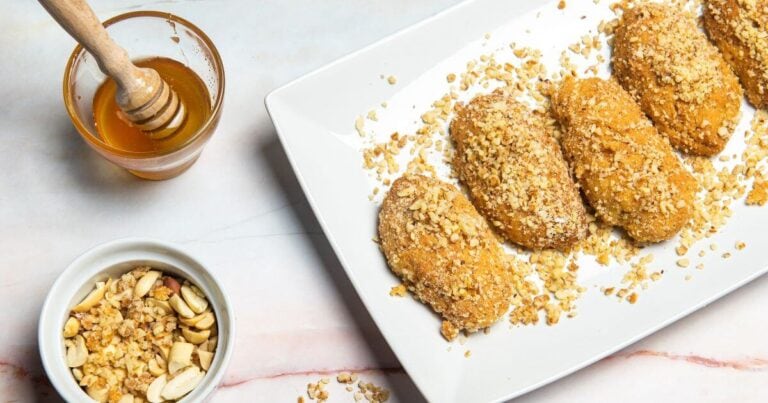Monofloral Honeys Part 6: the Remarkable Rata.
Monofloral Honeys Part 6: the Remarkable Rata. New Zealand is famed for producing perhaps the world’s best known monofloral honey, manuka honey, which is prized…
Monofloral Honeys Part 6: the Remarkable Rata.
New Zealand is famed for producing perhaps the world’s best known monofloral honey, manuka honey, which is prized for its inherent curative properties. However, the manuka myrtle, Leptospermum scoparium, is endemic to both New Zealand and Australia, and probably originated in the latter. High quality manuka honey is also made in Australia, but there is another exquisite monofloral honey that is unique to the ‘land of the long white cloud’.
New Zealand has eleven endemic species of rata (Metrosideros spp.); all of which are currently listed as threatened due in part to the potential threat posed by myrtle rust, a fungal disease. Some are climbing vines, while others develop into substantial trees; rata are characterised by their dark green, glossy leaves and typically gnarled trunks, but are immediately recognisable for the profusion of brilliant red blossoms that appear in summer. Unfortunately, this usually occurs only once every few years. The northern rata (M. robusta) is a giant of a tree, growing up to forty metres in height, with a trunk that may measure three metres in diameter. Interestingly, it starts life as an epiphyte, perched on another tree high in the canopy. Its roots eventually reach down to the ground, and it engulfs its host. The northern rata is found throughout the North Island together with the northernmost part of the South Island, and may live for a thousand years! The southern rata (M. umbellata) is the most widespread species, and has a more conventional lifecycle, germinating from a seed in the soil. It can attain a height of more than fifteen metres, with a trunk that is a metre thick, and has a longevity of up to 500 years. It can be found throughout most of the North Island, excepting the extreme north, and is particularly abundant on the west coast of the South Island, where it benefits from cool conditions and high rainfall. The species is also endemic to the Auckland Islands (not to be confused with the city), a subantarctic archipelago 465 kilometres south of the South Island. The southern rata is often grown as a handsome specimen tree; it is resistant to wind and salt but can be slow growing unless conditions are ideal. The showy flowers are scarlet, with stamens approximately two centimetres long, but white or yellow varieties also exist, and at least sixteen cultivars have been released. Native bird species such as the kaka (a large parrot), bellbirds and the tui (a honeyeater), as well as bats, lizards and bees all feed on the substantial flow of nectar, while the trees themselves provide habitat for other epiphytic plants and suitable roosting sites for bats. In some areas, they may require protection from possums.
The forests of southern rata on the west coast of the South Island are also responsible for the production of a delicious monofloral honey that is very pale in colouration, with a fruity aroma, a silky-smooth texture, and a subtle buttery taste. Rata honey may also have therapeutic potential, since rata are related to the manuka, but will always remain in short supply due to the infrequent nature of flowering.
At Ben’s Bees we are extremely fortunate to have sourced a special, strictly limited batch of southern rata honey direct from a local producer in New Zealand, who moved their hives to the west coast of the South Island in 2018, to coincide with a bountiful rata bloom. Why not experience this delightful variety for yourself – while stocks last!
https://www.bensbees.com.au/product/rare-rata-honey-250-gram/

